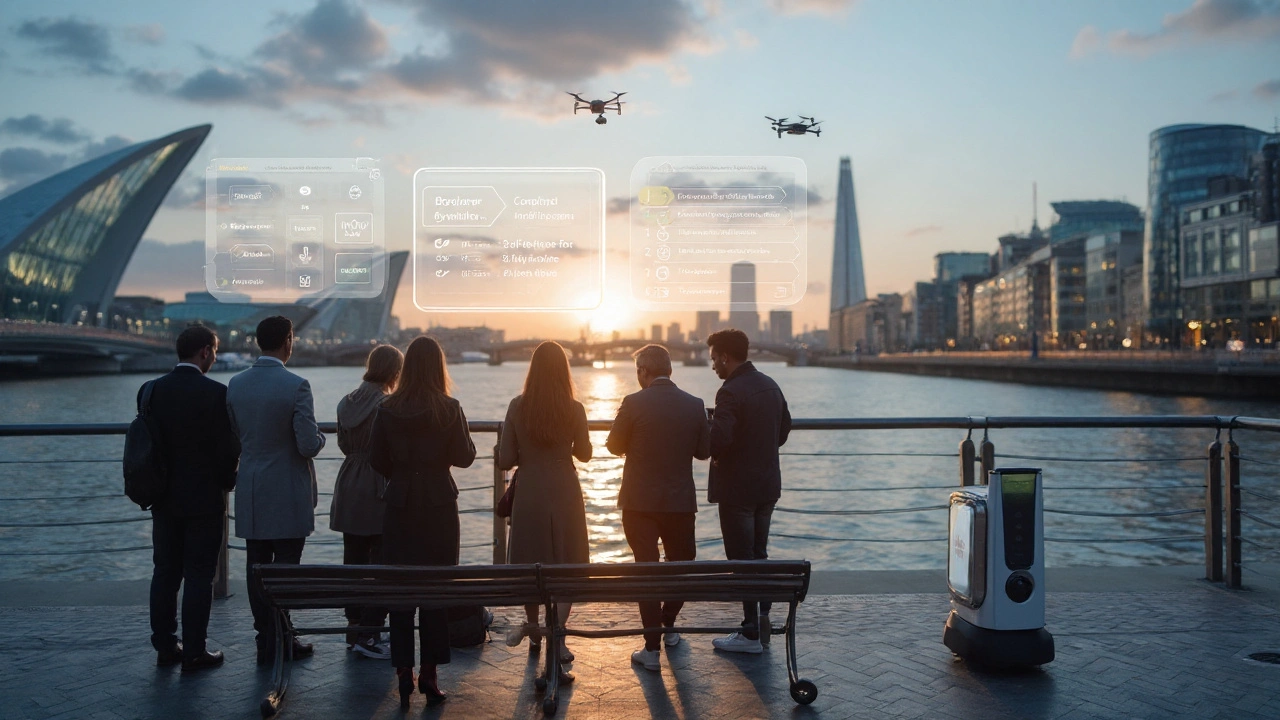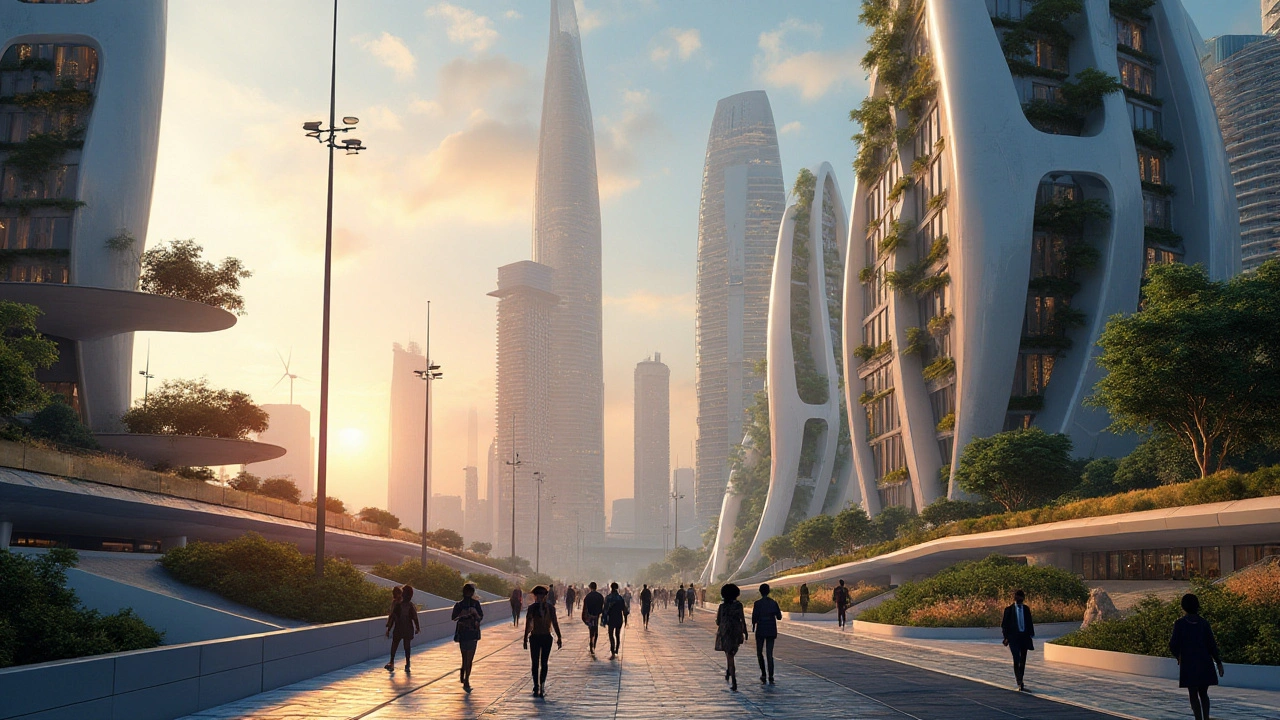What Neo‑Futurism really means for today’s tech: clear principles, practical steps, examples, checklists, and FAQs to help teams design products that feel truly future-ready.
Neo-futurism: Future-Forward Architecture and How to Spot It
Some buildings look like they landed from another century. That’s neo-futurism — a style that pushes technology, shapes, and user experience forward. If you want to recognize it on the street or borrow ideas for a project, start by watching how a building moves, breathes, or seems to flow rather than sit still.
What neo-futurism looks like
Neo-futurist designs favor smooth curves, stretched surfaces, and forms that suggest motion. Architects use glass, steel, reinforced concrete, and modern composites to make fluid shells and large spans without visible clutter. Facades often change with light and weather: adaptive panels, dynamic shading, or backlit surfaces are common. You’ll also see biomimicry — shapes inspired by animals, plants, or natural systems — that make structures feel organic rather than boxy.
Technology isn’t just decoration. Sensors, smart facades, and integrated building systems aim to improve comfort and cut energy use. Parametric design tools (like Rhino + Grasshopper) let designers generate complex surfaces that still perform well structurally and thermally. Famous examples that show these ideas include Zaha Hadid’s flowing forms and Santiago Calatrava’s skeletal, motion-like structures — pieces that often get labeled neo-futurist for good reason.
How to use neo-futurist ideas (practical tips)
Want to borrow neo-futurism for a project without overbuilding? Start small and focus on experience, not just looks. Tip 1: Prioritize movement. Create entryways, ramps, or rooflines that guide people visually and physically. Tip 2: Use parametric workflows to test shapes quickly, then simplify for construction. Parametric models help you tweak curves for performance and cost.
Tip 3: Add visible tech that helps users — smart shading, sensor-driven lighting, or interactive wayfinding — so the building feels alive. Tip 4: Choose materials that support curves: lightweight steel, GFRC (glass-fiber reinforced concrete), and engineered timber panels can make complex geometry buildable. Tip 5: Think sustainability from day one. Neo-futurist forms can boost daylighting and ventilation if you design with climate in mind.
For designers on a budget, focus on a single neo-futurist gesture: a sculpted canopy, a dynamic lobby wall, or a faceted façade panel. That gives a strong visual identity without blowing the program or budget.
Neo-futurism isn’t a fixed set of rules. It’s a search: new tools, new materials, and a human-centered tech approach. Watch for fluid form, supported tech, and nature-inspired details. If a building looks like it’s trying to make life easier while looking ahead, you’re likely looking at neo-futurism. Explore the articles tagged here to see examples and practical breakdowns that show how these ideas work in real cities and real budgets.
Neo-Futurism is shaping the landscape of contemporary art by blending futuristic aesthetics with visionary design. This art movement challenges traditional forms, embracing bold architecture and technology to reflect a harmonious future. It's a journey that compels artists and architects to imagine an innovative world while addressing environmental and social concerns. Delve into how Neo-Futurism is influencing today's artistic creations and the dynamic interplay between structure and imagination.
Neo-Futurism, a movement characterized by its emphasis on cutting-edge technology and dynamic design, is leaving a significant mark on today's tech industry. This article delves into how neo-futurism influences current technology trends and shapes the future of innovation. It provides an in-depth look at the principles of neo-futurism and its application in various tech fields, highlighting the transformative effect it has on product design, architecture, and technological development. By unpacking the relationship between neo-futuristic aesthetics and functionality, this piece sheds light on why this movement is key to understanding and navigating the future of tech.



